The Voigtlander’s in question are a 1938 Brilliant V6 TLR and a 1938 Bessa folder. My Grandfather had this model of Bessa, I found his camera in our attic and learnt how to use it when aged around 10, this gave me my interest in photography. I’ve seen transparencies using Dufaycolour (see note 1) film taken on his Bessa. I bought my current Bessa a few years ago together with the Brilliant. They seemed to be in good order, enough shutter speeds worked to take photos but a drop of light oil and the 80 year old shutters were smooth at all speeds. The lenses needed cleaning between the elements but the Bessa’s bellows proved light tight. They obviously needed testing with film.
The Film
Stamped into the rear door of the Brilliant is a suggestion to use either Voigtlander Bessapan (orthopanchro – DIN19/ASA64) or Illustra (ortho – DIN18/ASA50) films. Illustra had a special coating which eliminates ‘telegraph wires’..?? The Voigtlander films were made by Schering AG. In the absence of those films, I had some Shanghai GP3 in my fridge. I later tried some rolls of Lomography 400 colour negative in the Brilliant, I’ve added the colour images at the end of the article.
The Brilliant V6
The Brilliant is made of Bakerlite (see note 2) and takes 120 film in the 6×6 format. The uncoated lens is a Voigtar 75mm f4.5, marked in metres. An 8 speed Compur shutter has to be cocked and released with a lever on the shutter, it has nothing to stop double exposure, fortunately I only managed to double expose once. Settings are T, B, 1sec to 1/175sec, with self timer. There is a clever exposure counter and wind on device on the right hand side of the camera, which winds on just to the next exposure and stops, no need to look at the rear exposure window. A little cupboard, called the ‘Hold-All’, on the left side of the camera can store two filters or portrait lenses and an optical light meter. My Hold-All has a yellow filter called a ‘Moment’. The Brilliant finder has a lens which gives a very bright clear view, this lens is not connected to the taking lens and cannot be used for focusing. Focusing is achieved with the metre scale on the taking lens. The finder hood also has a magnifier. In the hood is a table for the optical light meter (no details available) and a depth of field table. All your needs catered for in a compact way. A copy of the camera instruction leaflet is useful to help understand how to correctly load the film and set the exposure counter.
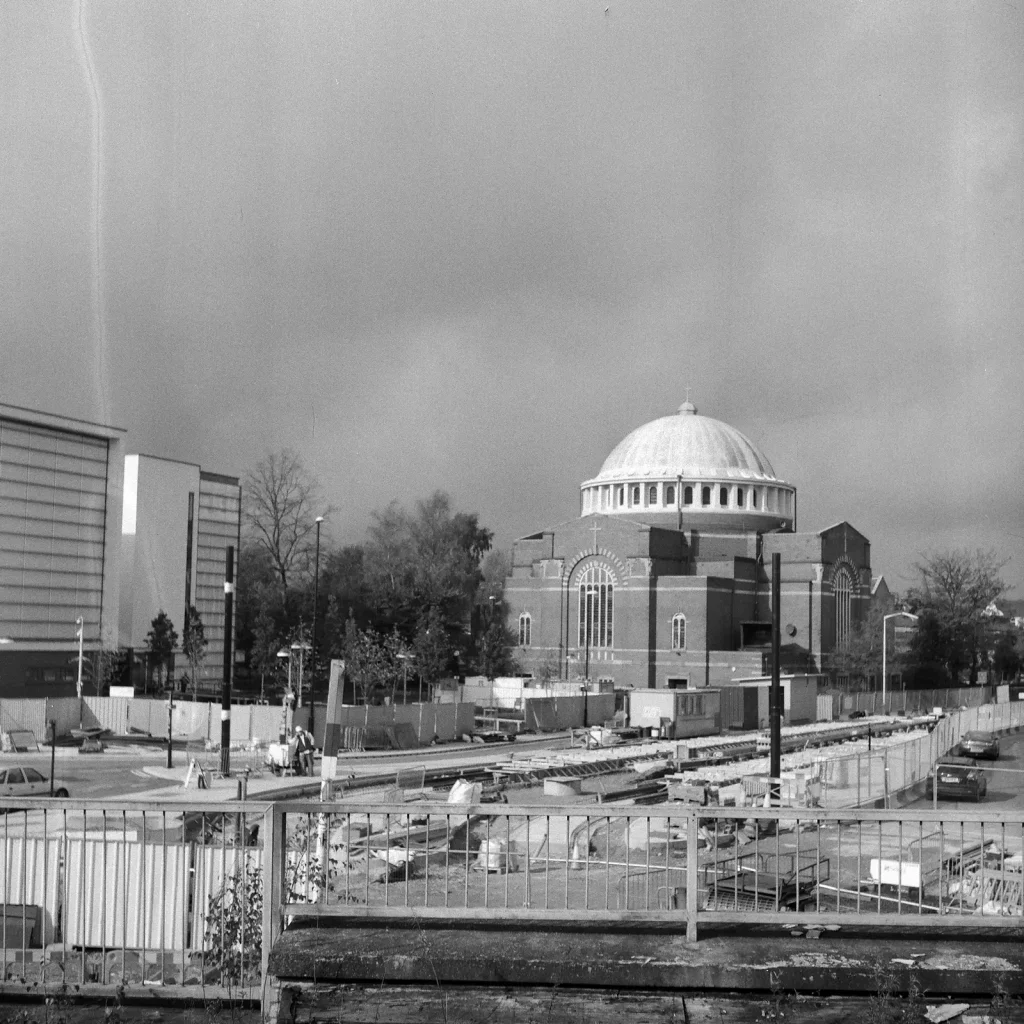
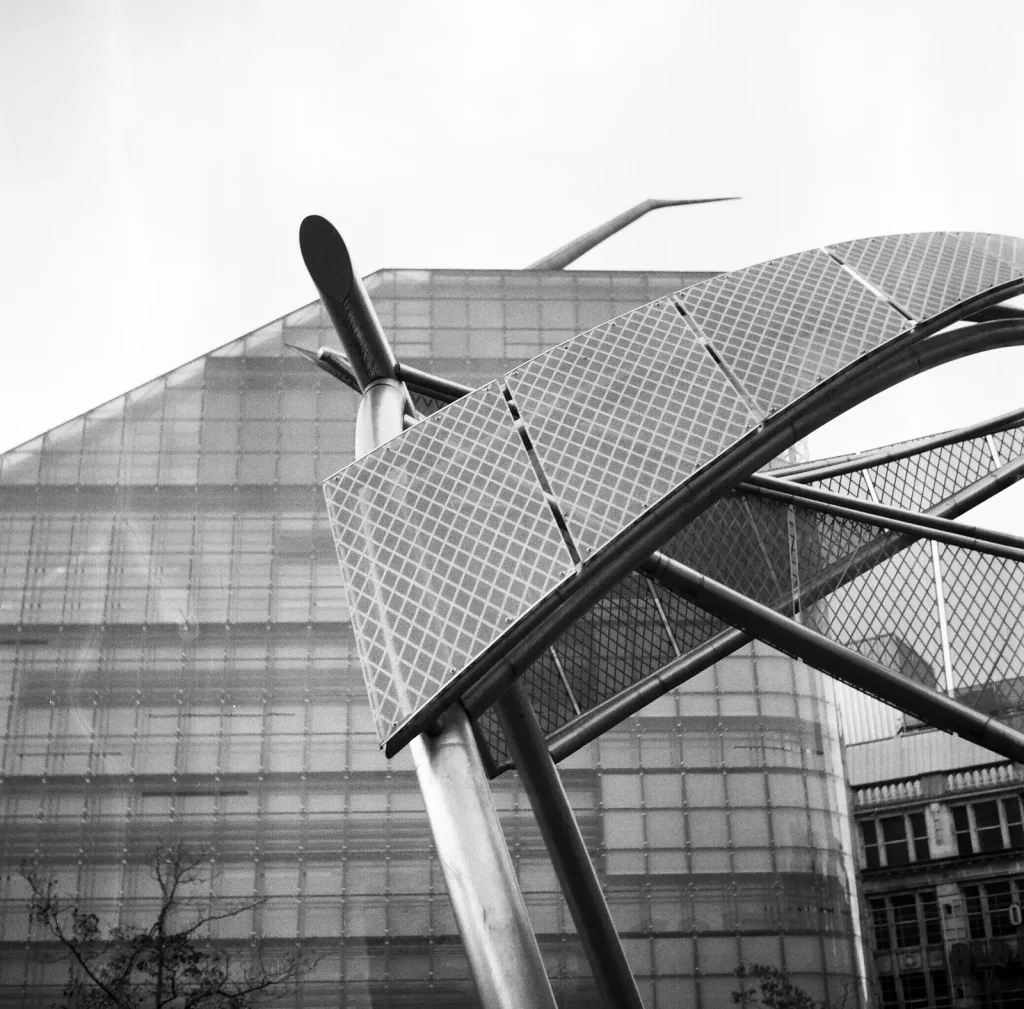
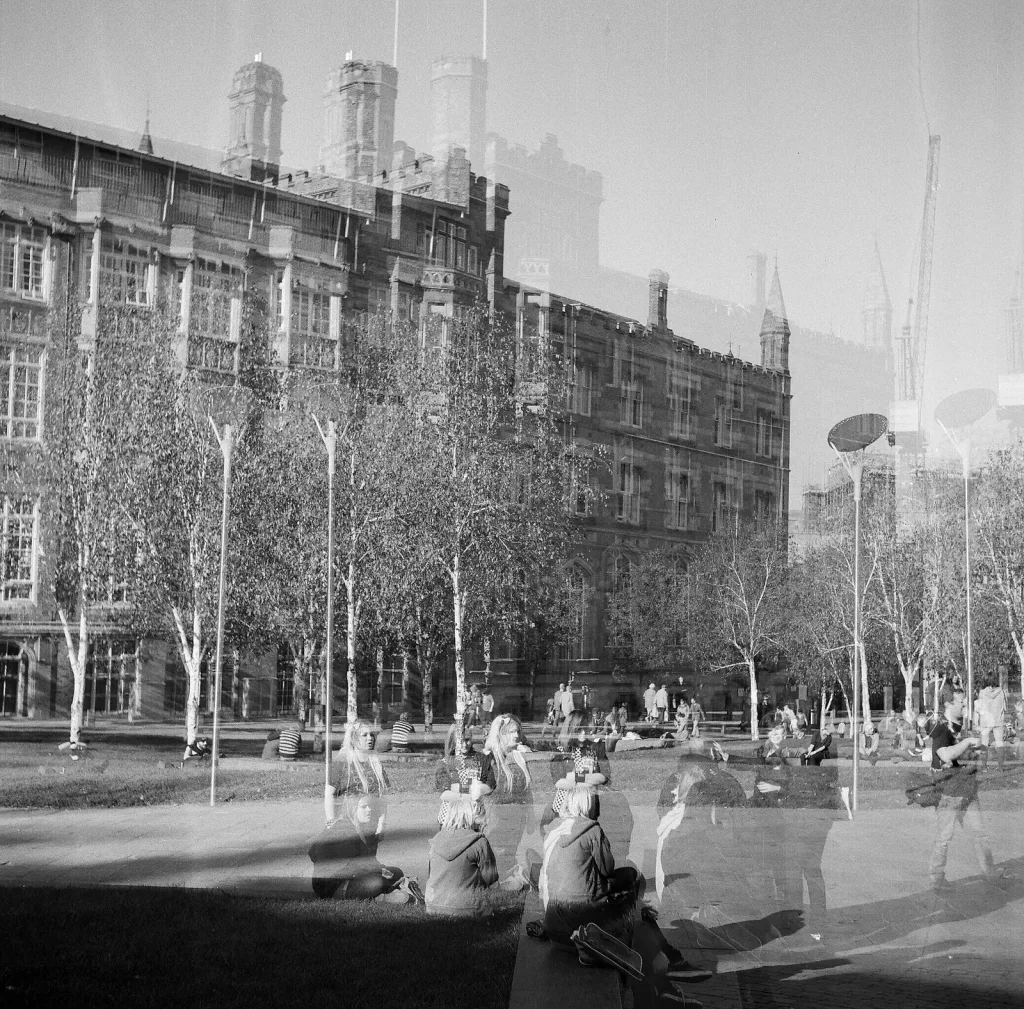
The Bessa
The Bessa is a folder. It can shoot in two formats, 6×9 and 4.5×6 (with a mask), it accepts 120 and 620 rolls. The uncoated lens is a Voigtar 105mm f6.3, marked in metres. Focusing is achieved with the metre scale on the lens. The two speed Singlo shutter, 1/75 and 1/25 plus T and B, limits the camera to slower speed films, although other shutters were available with more speeds. A lever on the folding door fires the self cocking shutter, there is nothing to stop double exposure. You wind on by checking the exposure number in the rear window. Two viewfinders are available, a small brilliant type next to the lens and a frame finder under a cover on the camera top. It came with a neat leather case. Voigtlander used the Bessa name on a considerable number of their cameras over the years, it gets quite confusing.
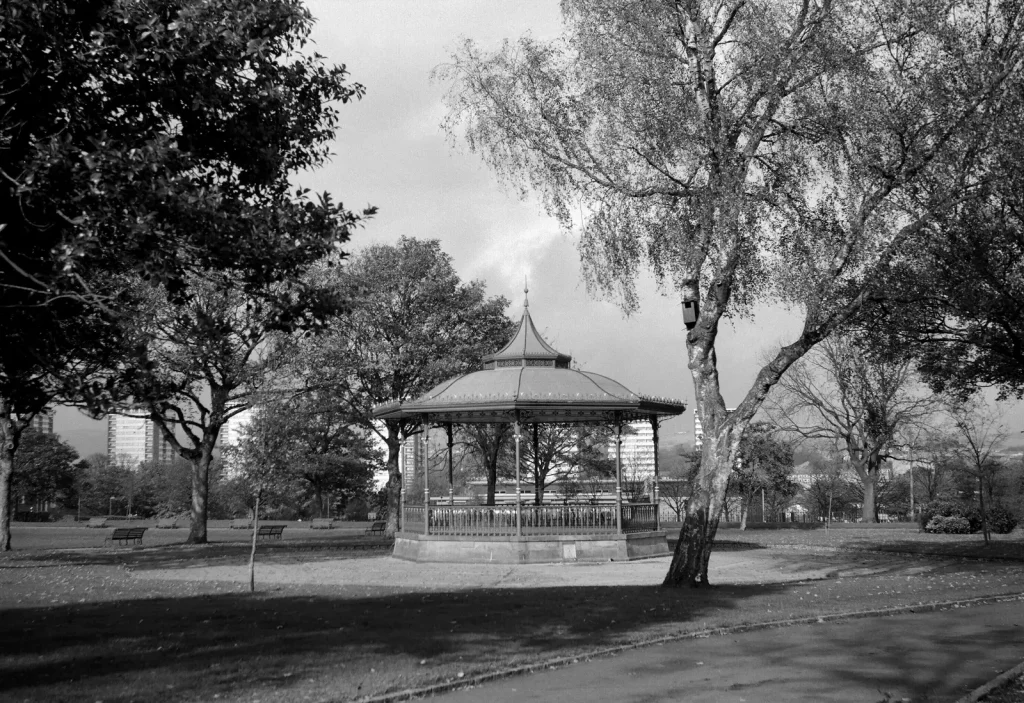
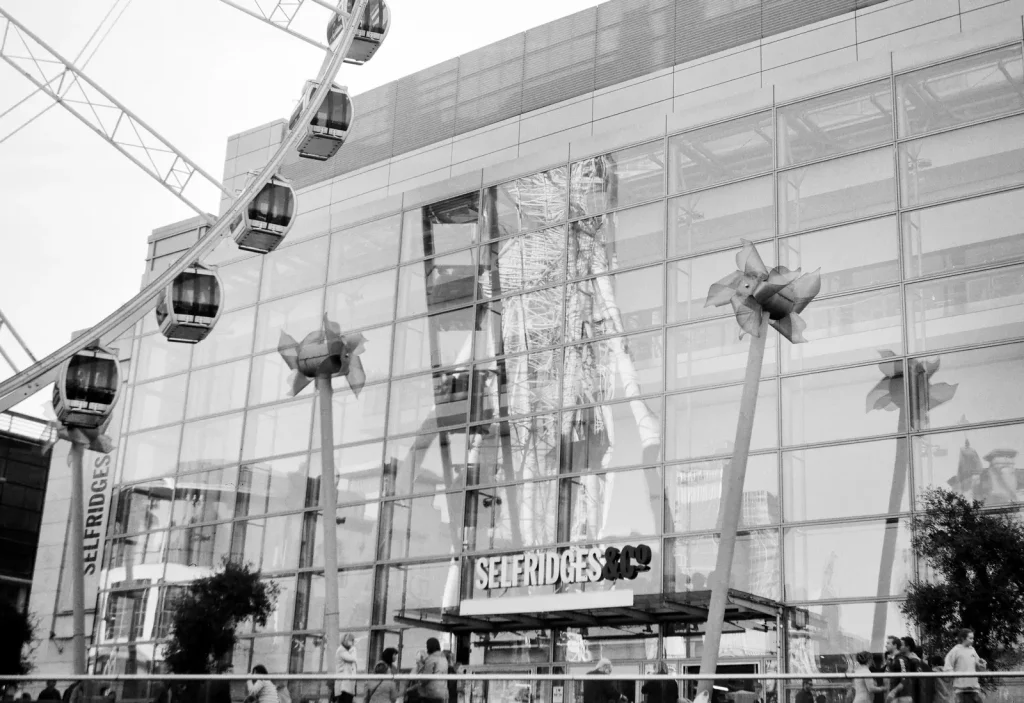
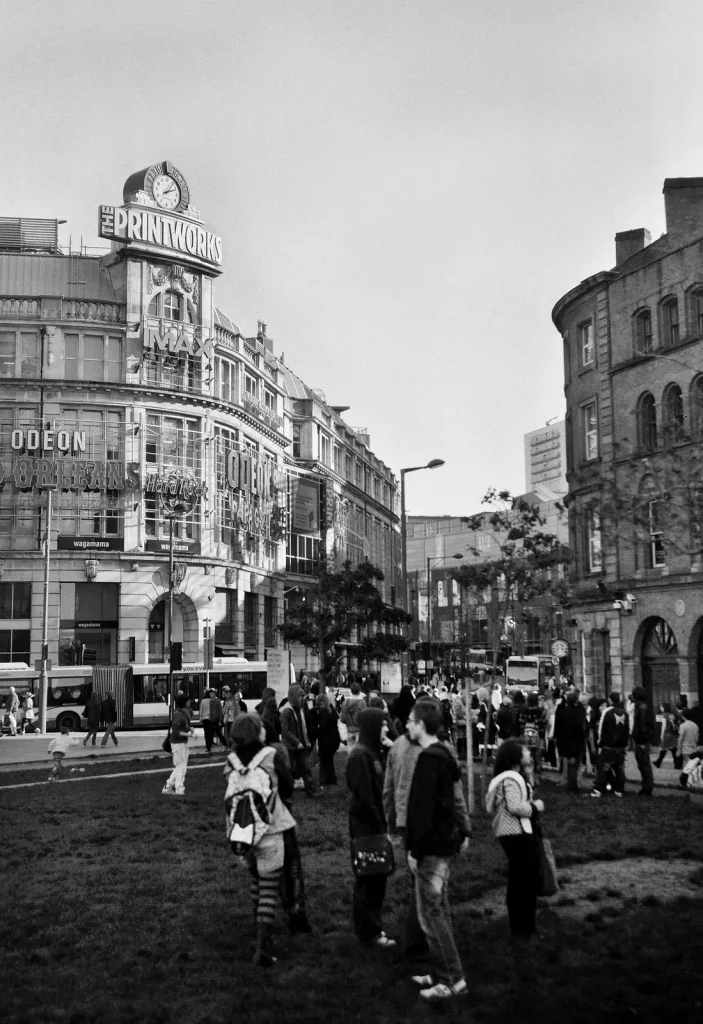
Conclusions
How did the cameras perform? Considering they are now 80 years old, you can see from my photos they did very well. The lenses were quite sharp enough, the Brilliant worked best around f/8-11 and the Bessa at f/11. The Brilliant had the better handling, familiar to those with a TLR. The finder is bright, very clear and works well. The auto exposure counter makes it quick to use and I still managed to double expose one image. You need to take your time with the Bessa, remembering to wind on using the exposure window and not to double expose. The small brilliant finder next to the lens is difficult to use, the frame finder being my preferred option. I was pretty sure both lenses would flare easily so I was mostly careful to shield the lenses, but I did try a few shots to induce flare and both lenses flared with cross lighting. You can pick up either camera cheaply these days, look for the Compur shutter versions.
Shanghai GP3, a few years ago, had a reputation of being likely to have many defects, there seemingly being an absence of any manufacturing quality control. And yes, one of mine was terrible yet the other ok, despite both being lab processed together in Ilfotec DD. The problems were with the Brilliant’s film, streaks and blobs over most of the emulsion. The Bessa’s film had a few uneven patches. Despite the faults, as you can see from my photos, Shanghai GP3 was capable of excellent images, sharp with nice contrast and grain. I believe that the manufacturers of Shanghai GP3 are currently resolving the 120 roll film QA problems. As mentioned earlier I later tried some Lomography 400 colour neg in the Brilliant and was very impressed with the resulting images. The colours in this film have a retro look of films in the 80’s, the grain is not too pronounced and definition good. See below.
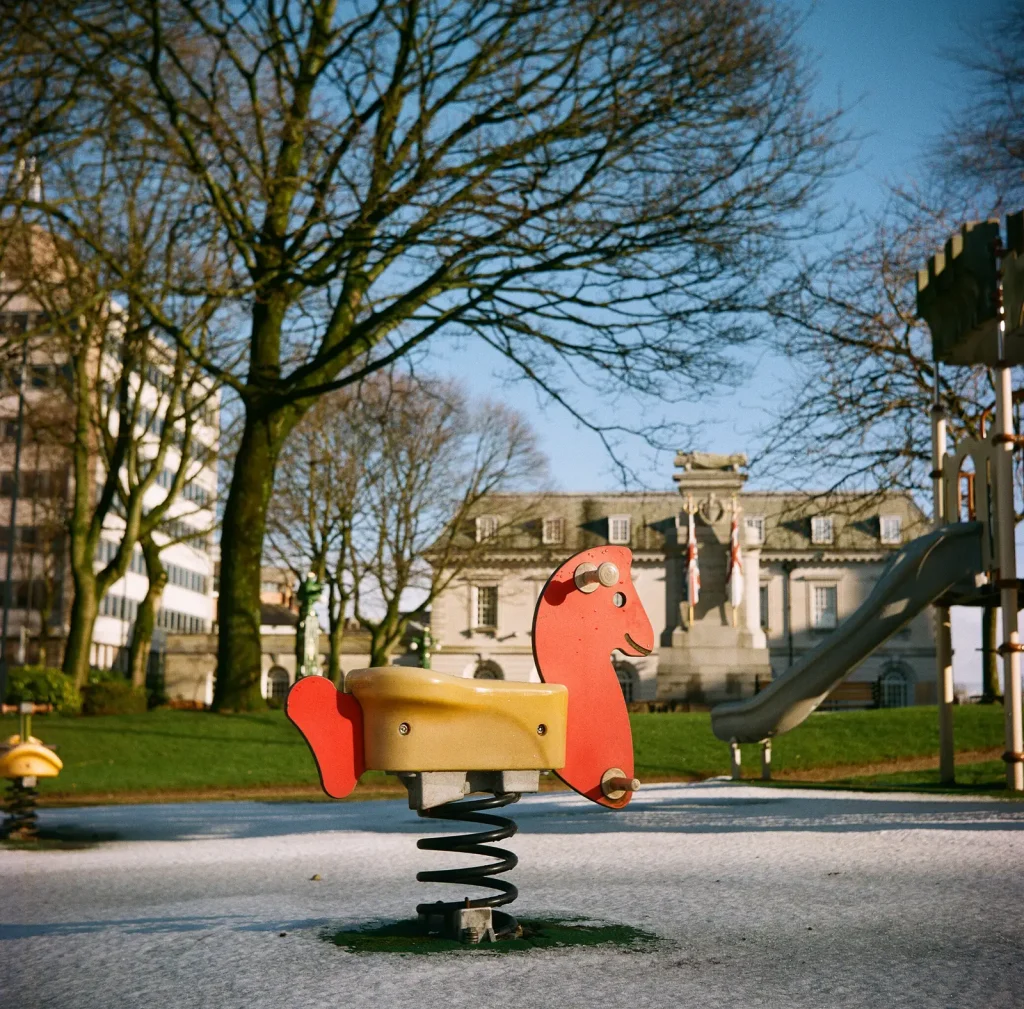
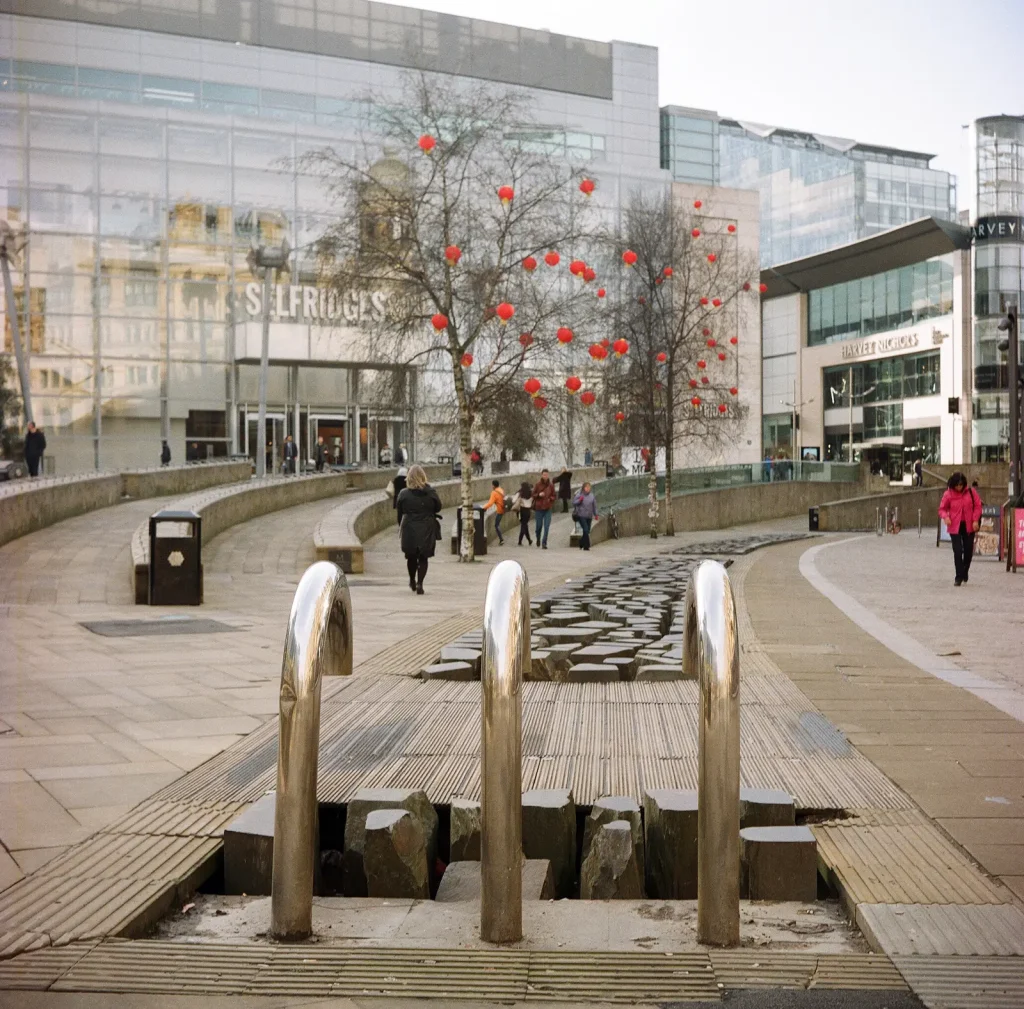
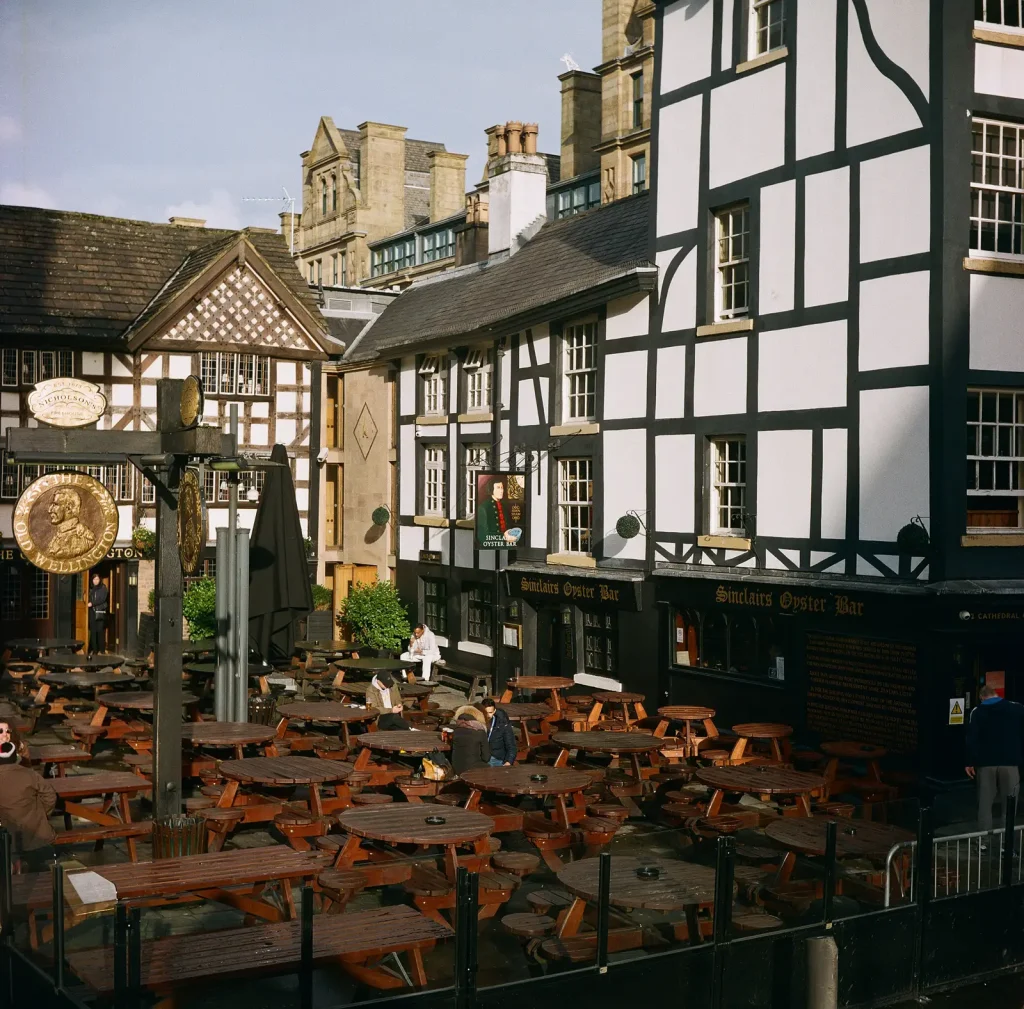
Notes:
-
Dufaycolour was an additive colour transparency film. The black and white transparency had a mosaic layer of tiny red, green and blue filters on the rear of the film. Exposure and viewing was made through this filter layer creating a colour image, the film was available until the late 50’s. Polachrome instant 35mm and movie film used the same principle.
-
Bakerlite was the first ever plastic, made with phenol and formaldehyde. Discovered by Leo Baekeland who also invented Velox photographic paper.
Thanks, Phil
Other content I’ve submitted to 35mmc can be found here
Share this post:
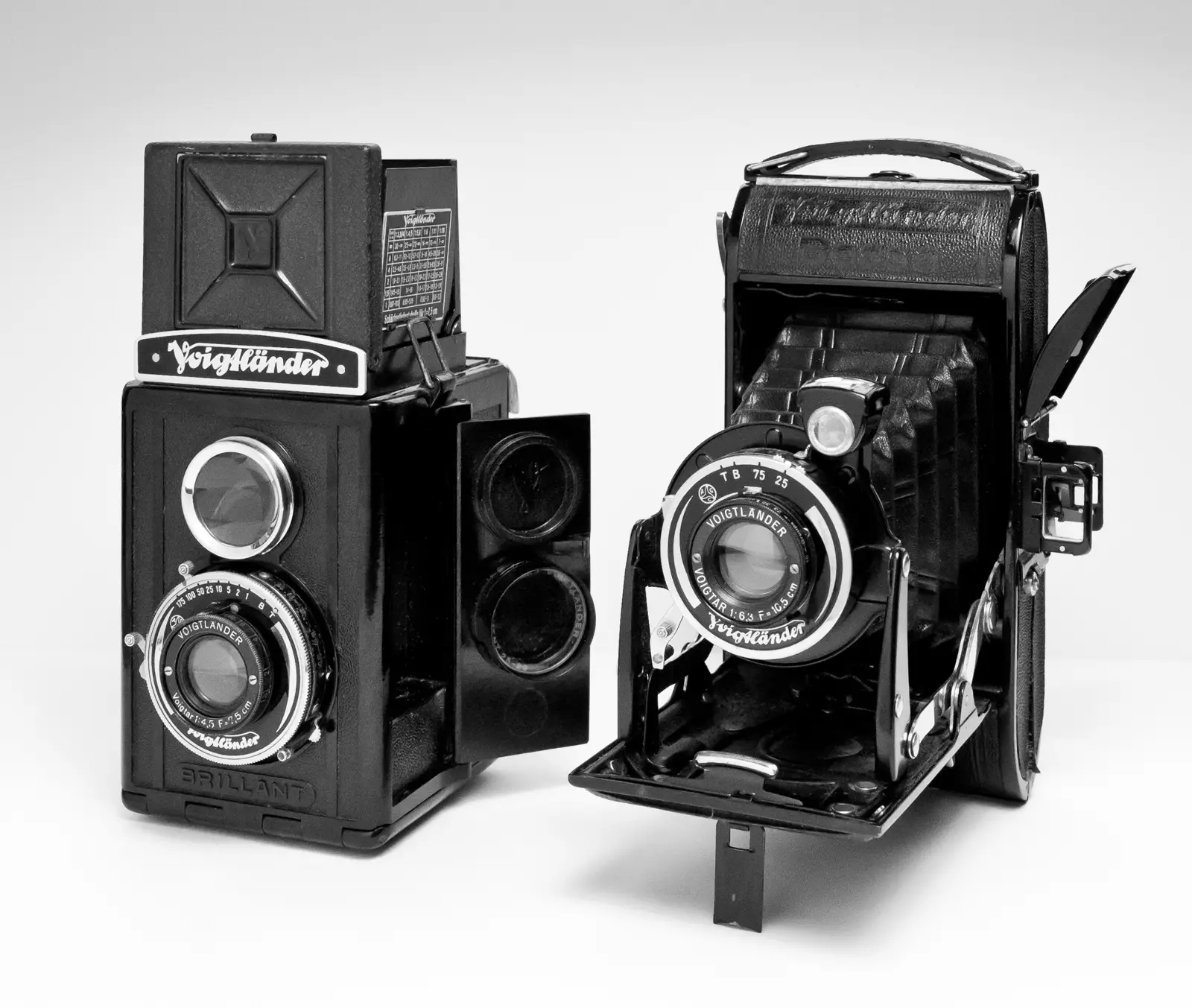








Comments
Nick Lyle on Voigtlander Bessa & Brilliant V6 Two Classic 1938 Medium Format Cameras – By Phil Harrison
Comment posted: 31/08/2019
Philip Gray on Voigtlander Bessa & Brilliant V6 Two Classic 1938 Medium Format Cameras – By Phil Harrison
Comment posted: 31/08/2019
Comment posted: 31/08/2019
Huss on Voigtlander Bessa & Brilliant V6 Two Classic 1938 Medium Format Cameras – By Phil Harrison
Comment posted: 31/08/2019
Really like the ones with the Lomo colour film.
Richard Byrne on Voigtlander Bessa & Brilliant V6 Two Classic 1938 Medium Format Cameras – By Phil Harrison
Comment posted: 31/08/2019
Thanks for sharing your fun.
Comment posted: 31/08/2019
Terry B on Voigtlander Bessa & Brilliant V6 Two Classic 1938 Medium Format Cameras – By Phil Harrison
Comment posted: 01/09/2019
Nigel on Voigtlander Bessa & Brilliant V6 Two Classic 1938 Medium Format Cameras – By Phil Harrison
Comment posted: 01/09/2019
Andrew in Austin, Texas on Voigtlander Bessa & Brilliant V6 Two Classic 1938 Medium Format Cameras – By Phil Harrison
Comment posted: 01/09/2019
The above color images are stunning; nicely executed compositions as well.
Comment posted: 01/09/2019
Stefan Arend on Voigtlander Bessa & Brilliant V6 Two Classic 1938 Medium Format Cameras – By Phil Harrison
Comment posted: 01/09/2019
Comment posted: 01/09/2019
NATO on Voigtlander Bessa & Brilliant V6 Two Classic 1938 Medium Format Cameras – By Phil Harrison
Comment posted: 02/09/2019
Comment posted: 02/09/2019
Comment posted: 02/09/2019
Comment posted: 02/09/2019
Ian Do Carmo on Voigtlander Bessa & Brilliant V6 Two Classic 1938 Medium Format Cameras – By Phil Harrison
Comment posted: 17/09/2019
Comment posted: 17/09/2019
TobyVPhoto on Voigtlander Bessa & Brilliant V6 Two Classic 1938 Medium Format Cameras – By Phil Harrison
Comment posted: 19/02/2021
Do you have a source where I could find out more about mine please? A Voigtlander nerd site of some sort?
Comment posted: 19/02/2021